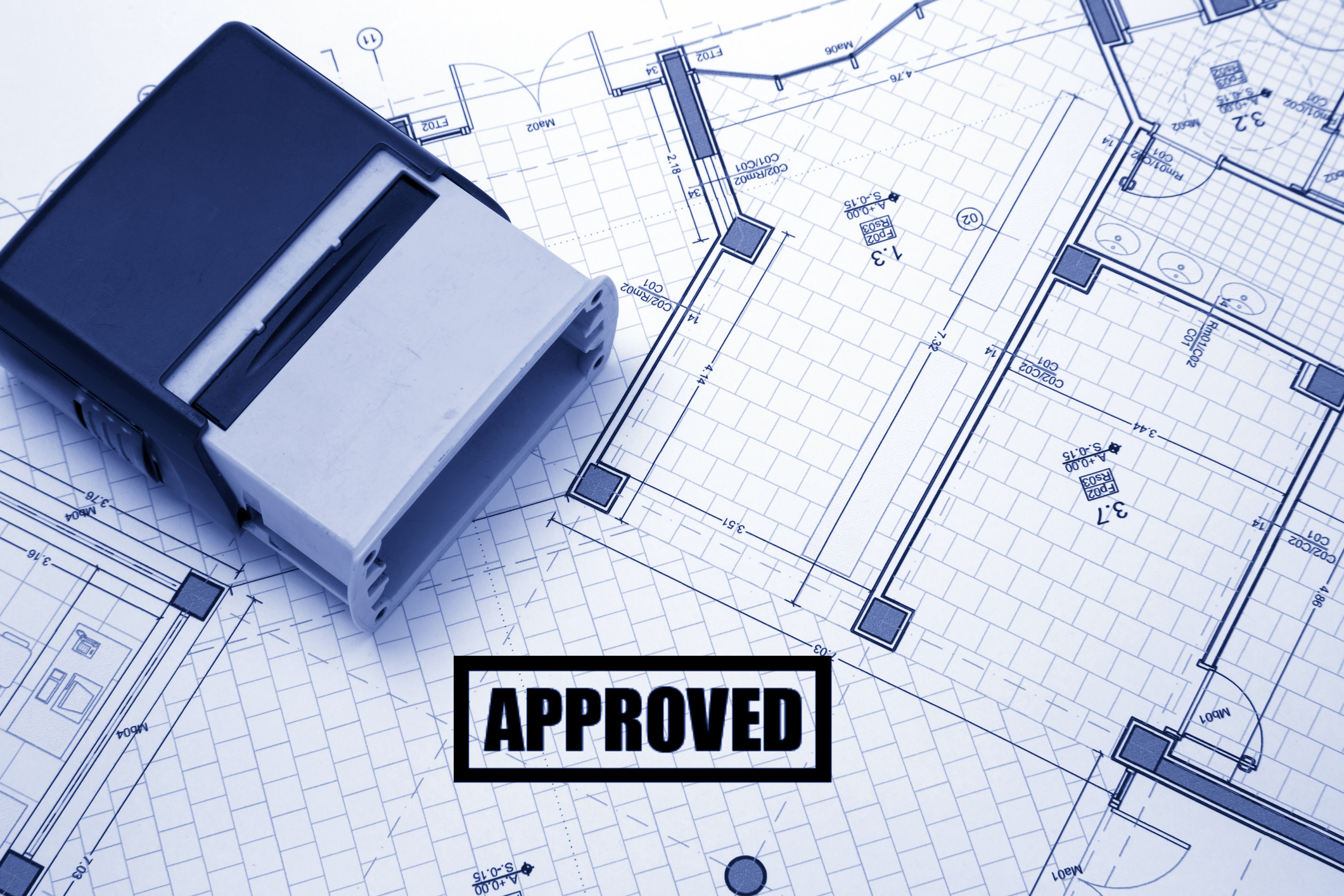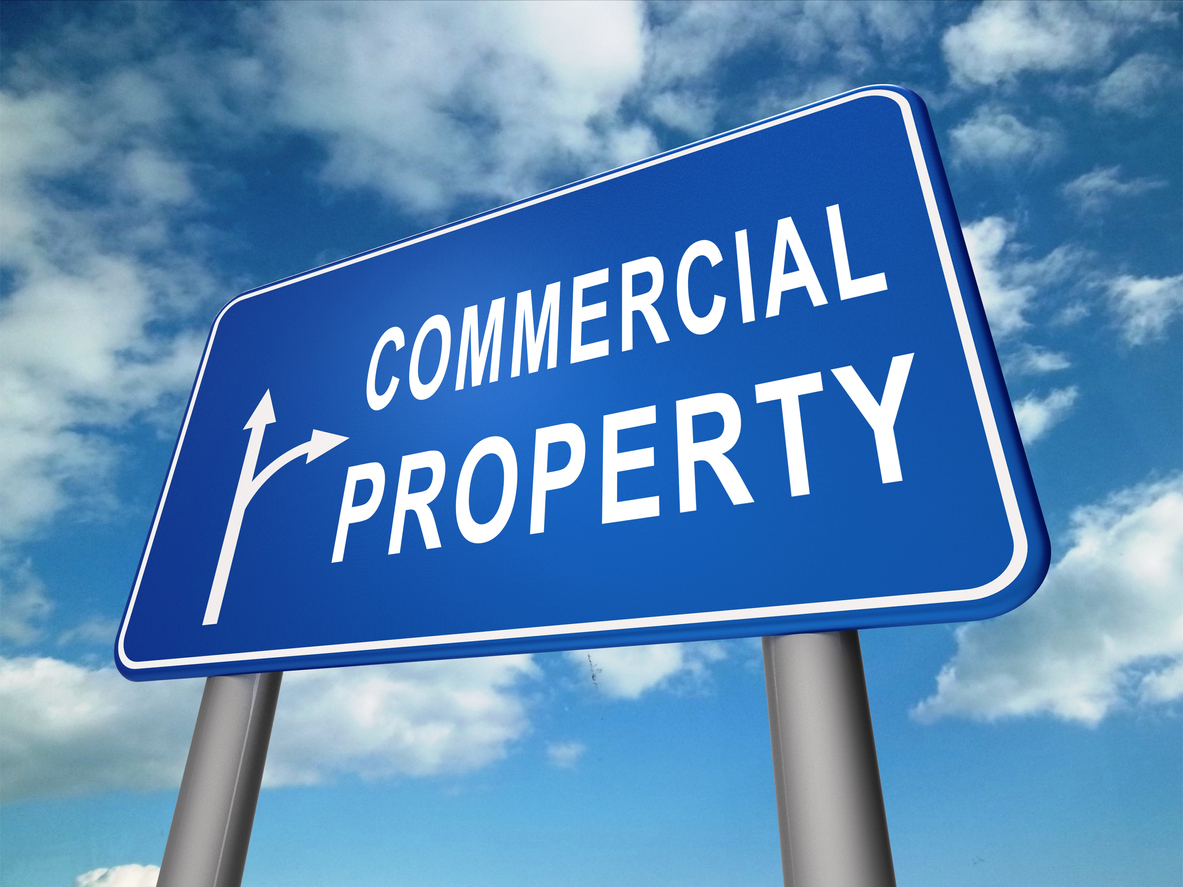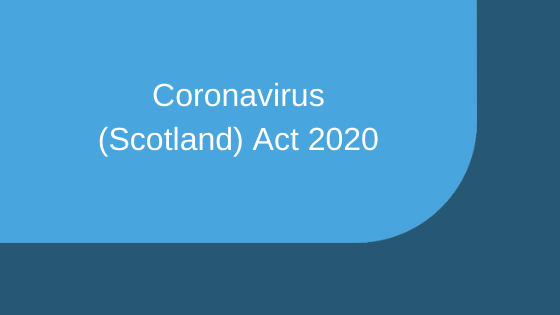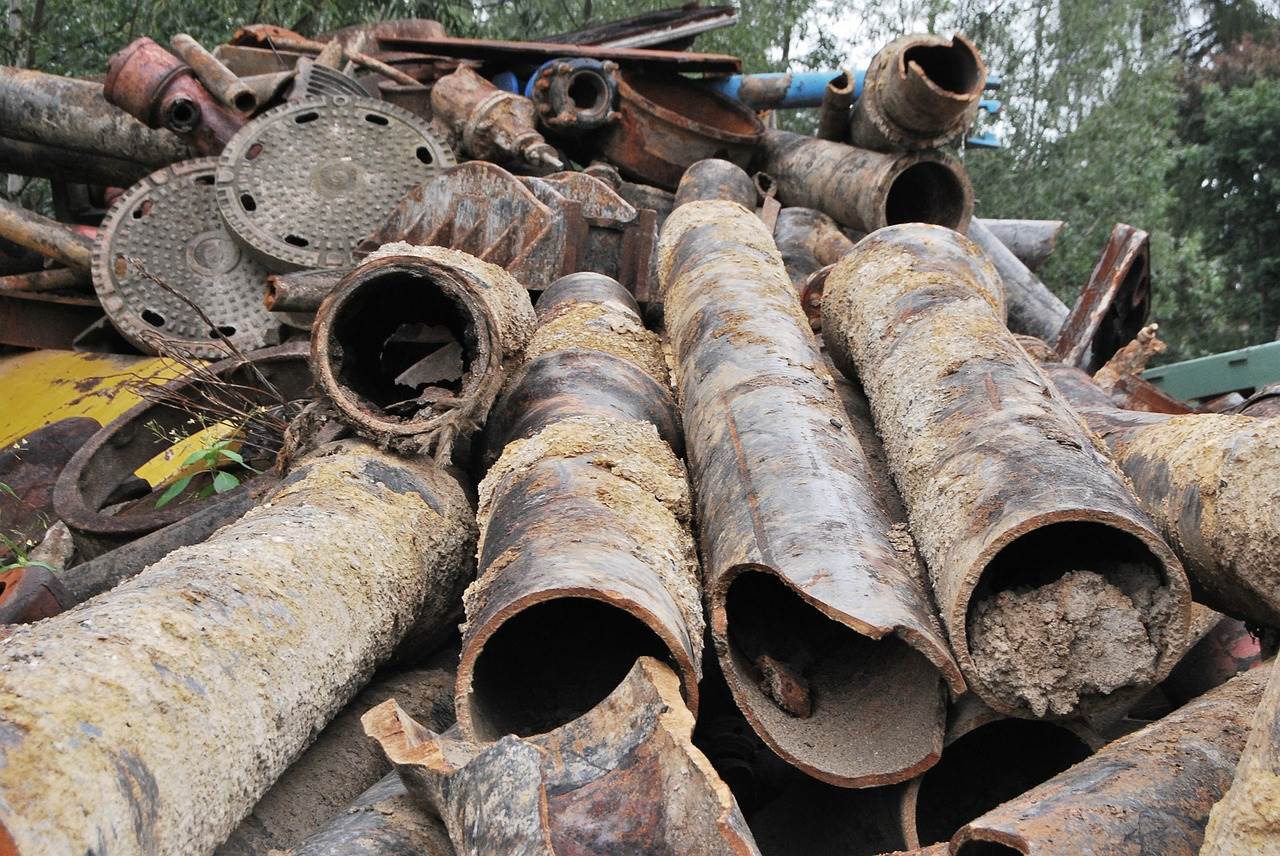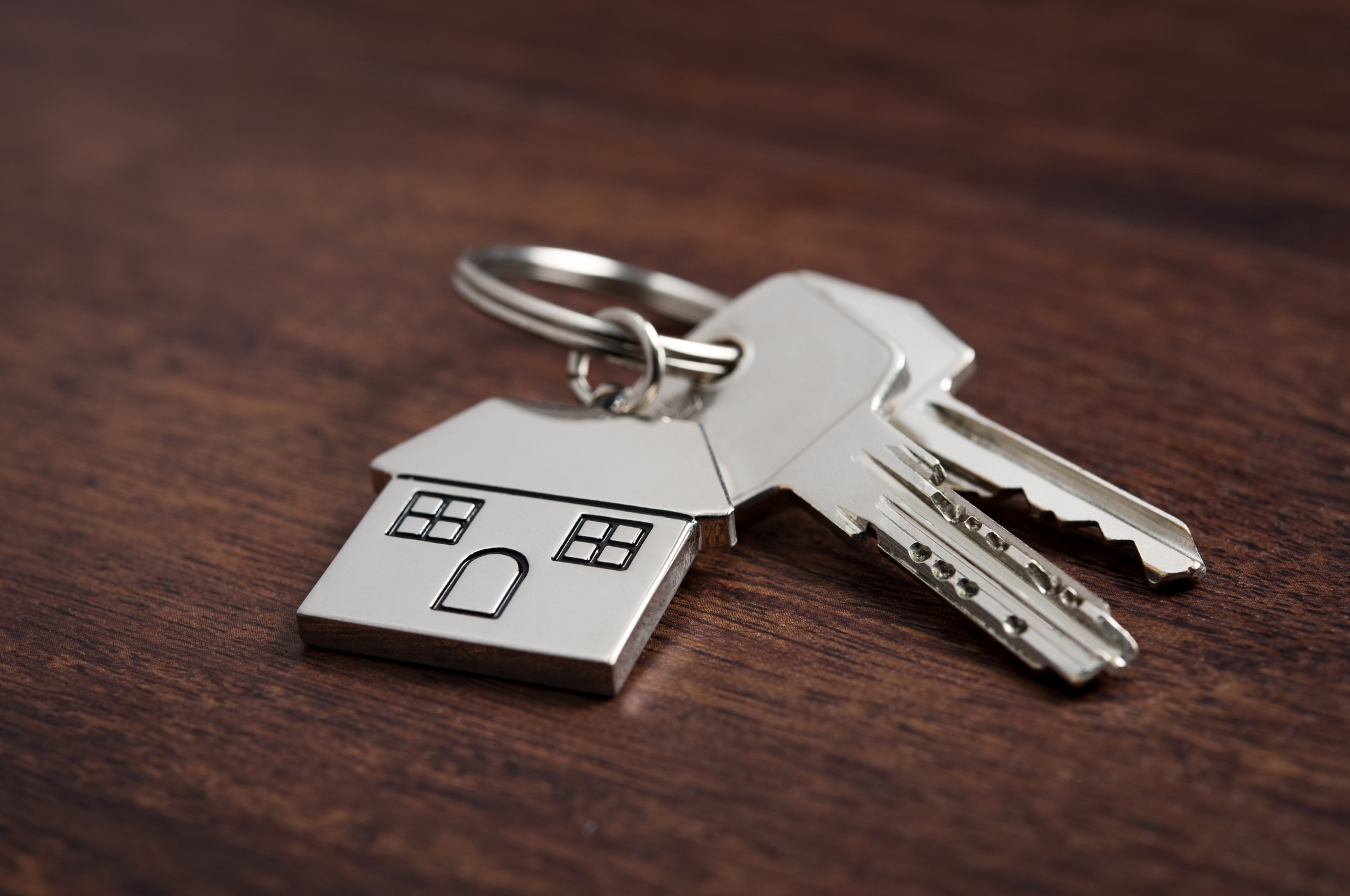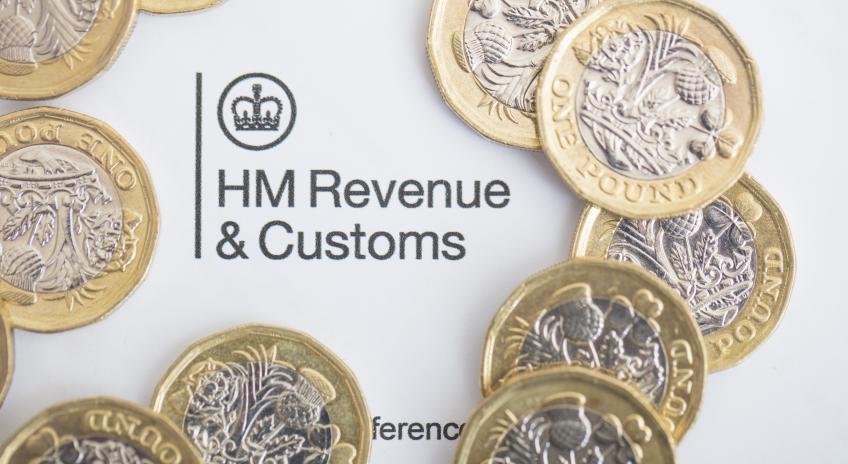
Vital Signs – A Primary Healthcare Blog: The Dilapidations Dilemma.
Date: 11/11/2015 | Healthcare, Real Estate, Blogs
Since the early 1980’s the NHS has considered how to involve the private sector in primary health care. The political history behind this trend is fascinating albeit beyond the scope of this blog. However, one aspect of this is as relevant today as it has ever been namely private sector involvement in premises. In fact for some medical practices it is more relevant than ever.
In the early 1980’s the then UK government, concerned at the poor state of the primary health care stock, sought to involve the private sector in providing new medical surgeries. The model chosen was not novel; other sectors of life had used it for many years. The private sector provided new modern surgery premises and then leased them to the occupying practice for a period of time sufficient to allow recovery of initial capital outlay and make a commercial return. A lease term of 30 years was fairly common.
For many practices, this may have seemed something of a “no-brainer” at the time. They were being provided with modern surgery premises for which they had not paid and, through the then rent and rates reimbursement scheme (now the 2004 Premises Directions), the NHS paid the rent, the rates for the building and a “little bit extra” (approximately 5%) to cover other lease obligations.
Lease Terms and Conditions.
Brave new dawn as this may have been few appear to have understood or even considered what those lease obligations might be. Even fewer had contemplated what would happen at the end of the lease term. Now 30 years from the mid-1980’s these issues are very much to the fore for those practices who lease their premises.
Such leases were typically a normal commercial lease. They were on what are known as Full Repairing and Insuring terms (hence their description as an “FRI Lease”). This means that the landlord leases the premises to the tenant and the tenant must:-
- pay the rent;
- pay all other outgoings (e.g. rates, utilities costs);
- pay the landlord to insure the premises;
- carry out at its cost redecoration of the premises on a regular basis;
- maintain and repair the premises (including when unexpected events occur or items break down);
- hand back the premises at the end of the lease in the condition they were at the start of the lease.
The exception to this is that, if the premises are damaged or destroyed by a risk against which the landlord has insured (say fire), the landlord has to spend the insurance monies received in remedying the damage.
The Problem.
What practices are now discovering is that, as their leases come to an end, landlords are requiring tenants to put their premises back into the condition they were at the start of the lease. For many practices the costs of doing this can be tens of thousands of pounds. For some practices (e.g. those who have not maintained their premises as diligently as they could have) the costs can run to hundreds of thousands of pounds. These costs are called “dilapidations”.
In theory, this should be less of an issue for practices because they will have stored up some or all of the “little bit extra” referred to above over the lifetime of the lease and there should be funds there to defray most if not all of the liability. In reality, very few practices have even contemplated doing this let alone implemented such a policy. Rather, the “little bit extra” has been taken as additional income to be distributed year on year.
The problem is often exacerbated because those doctors who entered into to the lease 30 years ago may long since have departed the practice. Those left to pick up the pieces may have a limited historical connection with the premises and may now be wondering how they have ended up in that position.
What To Do.
What do you do if you find yourself in that position?
All is not necessarily lost but it does require very careful negotiation with your landlord and the support of your health board.
The first step is to understand what your lease obligations are and what your liability potentially could be. The second step is to understand when those liabilities may crystallise: if your lease is due to end within the next year your position is rather more challenging than if it still has (say) 5 years to run. Depending on the answers to these questions you need to work out, with your advisers, a strategy for tackling the problem.
If your lease has rather longer to run, or you are entering into a new lease now, there are also prudent steps you should be taking now to protect yourself against these issues occurring in the future.
The Davidson Chalmers Health Team is currently advising several practices in precisely this situation. If your practice is faced with these issues we would be happy to meet with you on a no-fee basis to discuss your issues and some of the solutions which may be available to you.


















































